Drakensberger cattle developed out of the black indigenous cattle of South Africa, and is now part of the country's beef production. As early as 2 December 1497, Vasco da Gama mentioned the "fat, black ox" that he obtained in a trade.
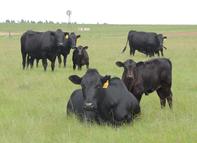
However, iIt was only after the arrival of Jan van Riebeeck in 1652, specifically under governor Willem Adriaan van der Stel, around 1700, that cattle farming caught on. They gained the name Vaderlanders when the Voortrekkers started farming with them and were extensively used as draught animals during the Groot Trek, which started in 1838.
According to the Drakensberger Breeders’ Society, great genetic gains were made thanks to the strategic breeding programme of Jacobus Johannes Uys and his son, Dirk Cornelius, between 1814 and 1910, in the district of Wakkerstroom and Utrecht. Their efforts were continued by Dirk’s son, Coenrad and son-in-law, Joey Uys. Consequently, the cattle also became known as the Uysbeeste.
Up to the discovery of gold in the Witwatersrand, these cattle, like Wagyu in Japan, were primarily bred as draught animals, with the emphasis moving to meat production, as the need for work animals declined due to mechanisation.
The Drakensberger nevertheless almost grew extinct, with thousands of cattle being destroyed during the rinderpest outbreak of 1896 and the Anglo-Boer War between 1899 to 1902. Another blow came in 1934, when the Uysbeeste was not recognised as a breed, resulting in the production of these cattle not being subsidised.
This situation was reversed thirteen years later when the breed was included in the Stock Improvement Act of 1934. Since most of the Uysbeeste was found it the pastures of the Drakensberg, the decision was then made to name the breed Drakensbergers. The South African Drakensberger Cattle Breeders’ Society was launched in 1948 and the Society became a full member of SA Studbook in 1972.
Attributes
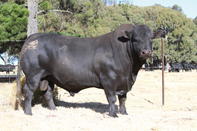
The Drakensberger is a medium framed animal, with cows weighing between 500 kg to 550 kg and bulls weighing between 800 kg to 1 000 kg. They have smooth black coats with short hair, that make it difficult for ticks to latch onto them, which also protects them against sun and skin cancer.
Over many years, the breed has adapted to the harsh environmental conditions of Southern Africa, making them quite heat, cold and disease resistant. The cattle also have a good feed conversion rate, allowing them to thrive under much poorer veld conditions than some of the European breeds.
The Drakensberger Breeders’ Society has labelled the Drakensberger cow as the “Queen of all Cows” due to her superior maternal traits, which include high fertility, high milk production, calving ease and low mortalities.
Production Regions
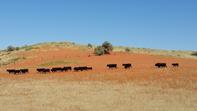
Drakensberger cattle are produced throughout South Africa thanks to their hardiness, adaptability and ability to thrive on poor quality veld. Drakensberger cattle are also produced in most of South Africa’s neighbouring countries, including Namibia, Lesotho, Botswana, Zimbabwe and Mozambique. Herds are also kept in Australia.
Willie Landman, president of the Drakensberger Breeders’ Society, sees the Drakensberger as an integral part of regenerative farming, a farming approach where the soil is regarded as a living organism. Regenerative farmers, in effect, make use of various sustainable production methods to enhance soil life, with livestock seen as a crucial tool to add value to cover crops, reduce weed problems, fertilise the soil and their manure can be used for compost making.
Use
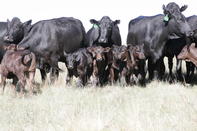
Drakensbergers produce excellent beef when used in a closed herd, but are often used in crosses with other breeds to produce hybrid power. Willie Landman explained that cross breeding produces excellent results, because the Drakensberger is not related to any of the other breeds. The cows, because of their excellent maternal traits, are often used as a foundation herd with semen or bulls from other breeds.
Meat Quality
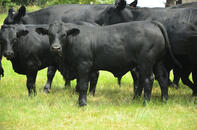
In the 1980s, the Agricultural Research Centre established that eighty percent of the Drakensberger herd carried the marbling gene, which is the gene that has made Angus and Wagyu beef so sought after. The meat in effect is juicy, tender and easy to cut.
An added advantage of the breed is that it can be finished off the land without needing any growth stimulants or hormones, thanks to its hardiness and ability to thrive on poor quality veld.
For bulk or Drakensberger Beef export enquiries please use the enquiry link below.